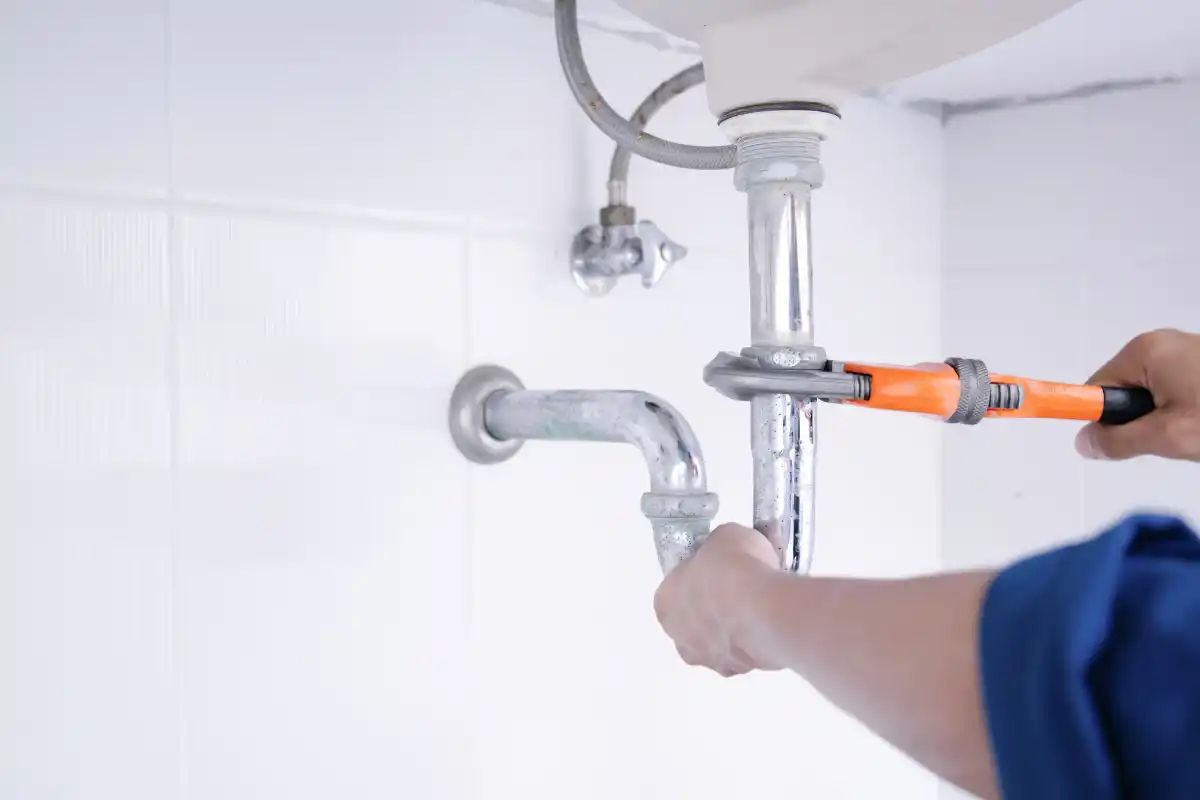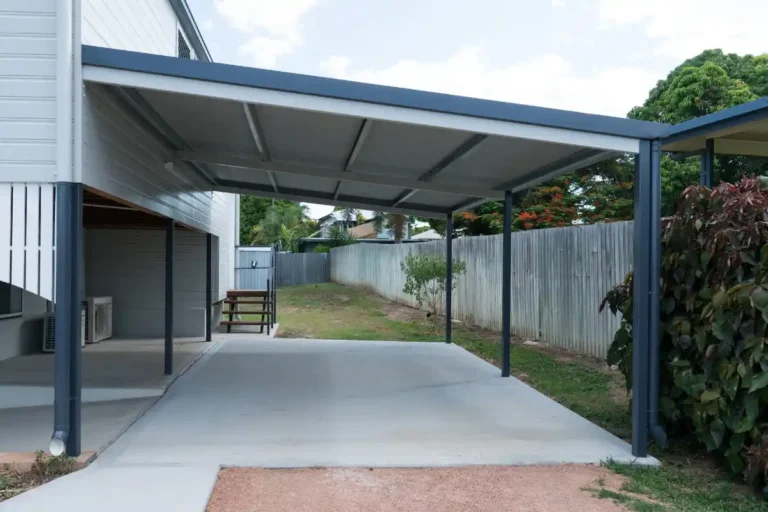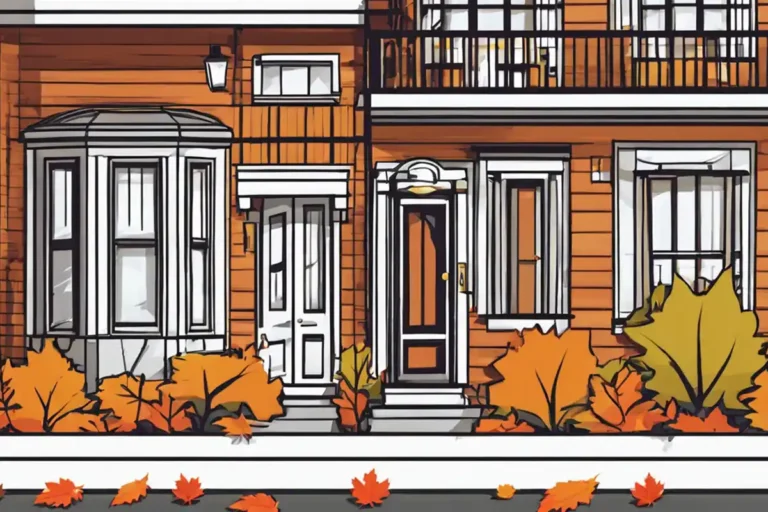Many apartment buildings can suffer from a poor understanding of their plumbing works. As a result, there are often serious problems that can cause extensive damage to the property. To understand how plumbing works in an apartment building, you need to be better informed about the potential risks and how to prevent or fix them.
The most common type of plumbing in an apartment building is known as a gravity system. In a gravity system, the weight of the water flowing through the pipes is used to create pressure that forces the water through the system. The pipes are typically made of metal or PVC, and they are usually buried underground. However, they can be less effective at moving water through the pipes than other types of systems. Because the weight of the water is constantly pushing down on the pipes, they can sometimes become damaged or cracked, leading to leaks.
Another type of plumbing system that is sometimes used in apartment buildings is known as a pressurized system. In a pressurized system, pumps are used to force water through the pipes. The pumps are typically located in a basement or crawl space, and they use electricity to operate. Because pressurized systems rely on pumps, they are more likely to experience problems than gravity systems. However, pressurized systems have some advantages over gravity systems. They can be used in buildings not located near a water source and can also be used to deliver water to multiple floors. As a result, pressurized systems are a versatile option for plumbing needs.
Both types of systems have their pros and cons, so it is important to consult with a professional if you experience any drainage problems in your home. At Infinite, we provide expert drainage services for both residential and commercial properties. We would be happy to discuss the best solution for your needs, call us.



